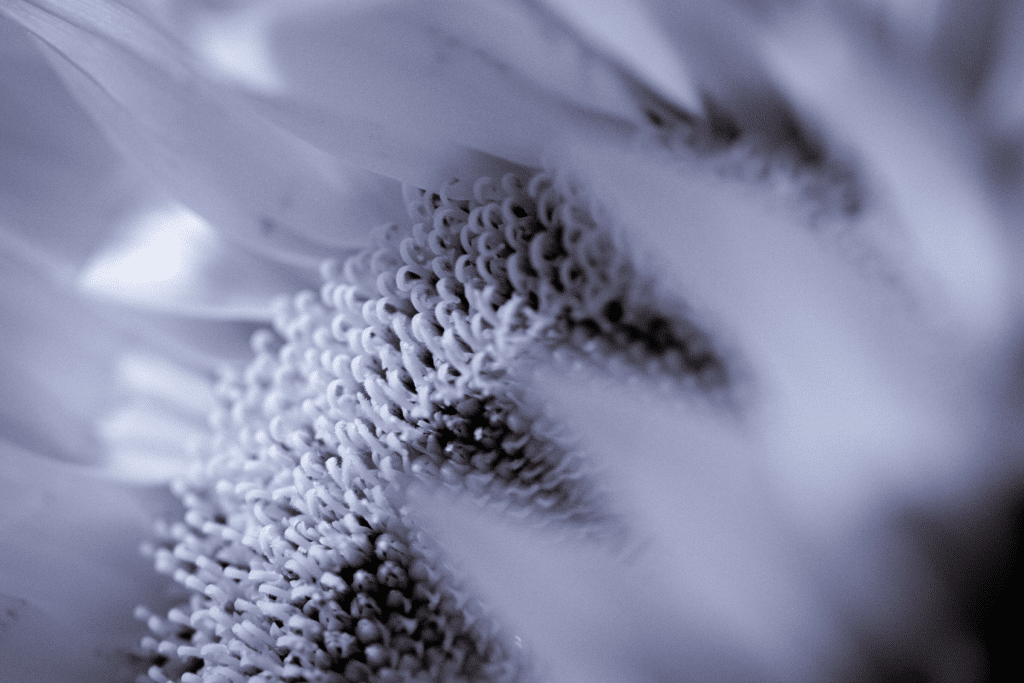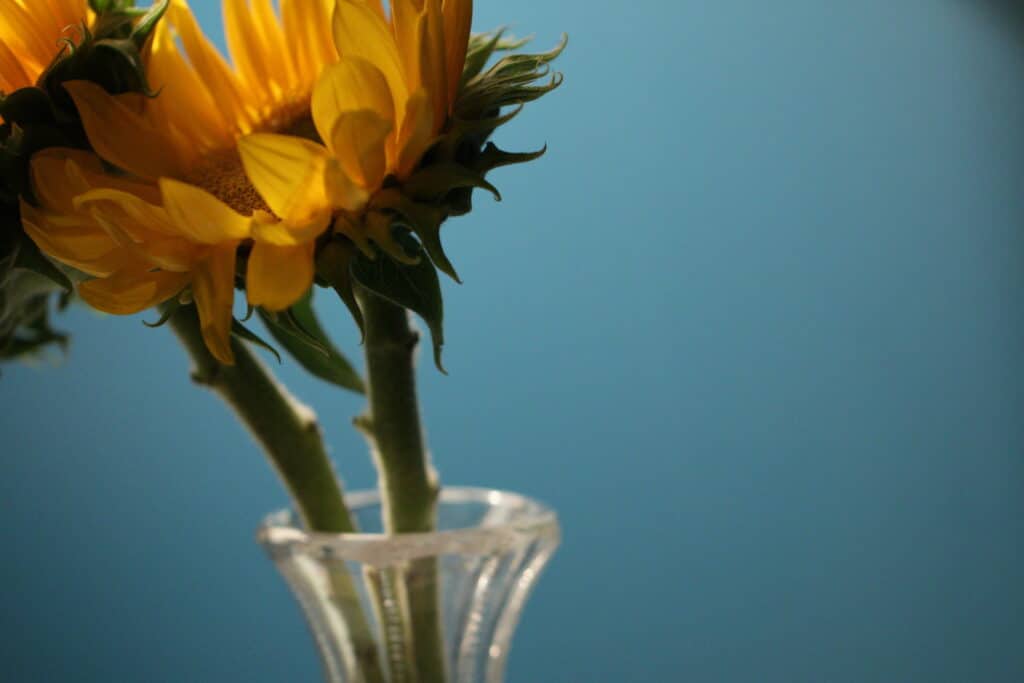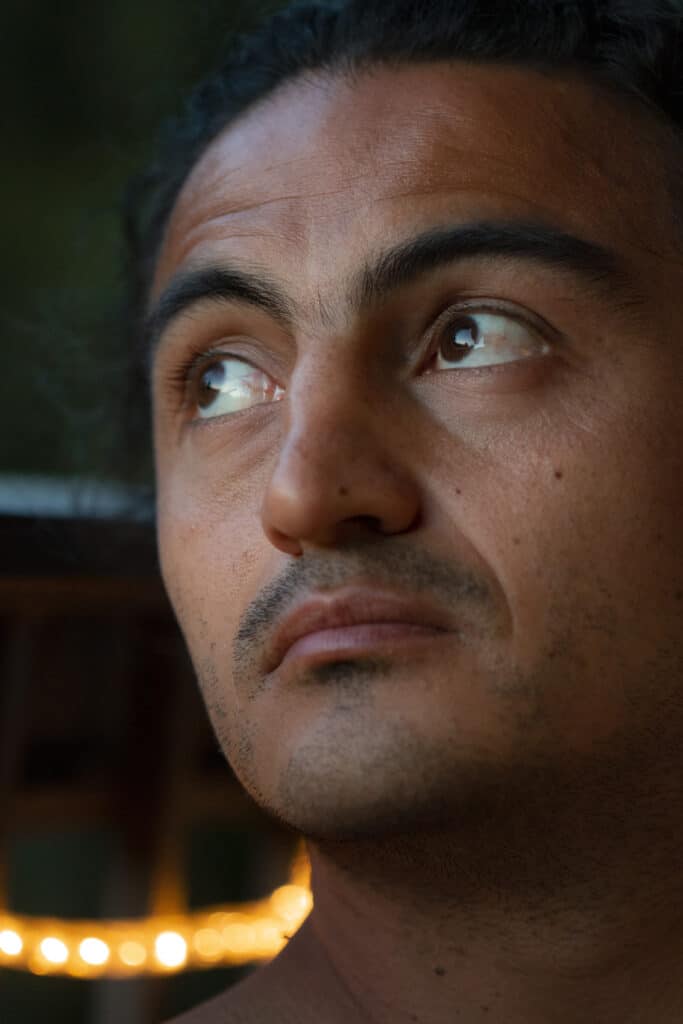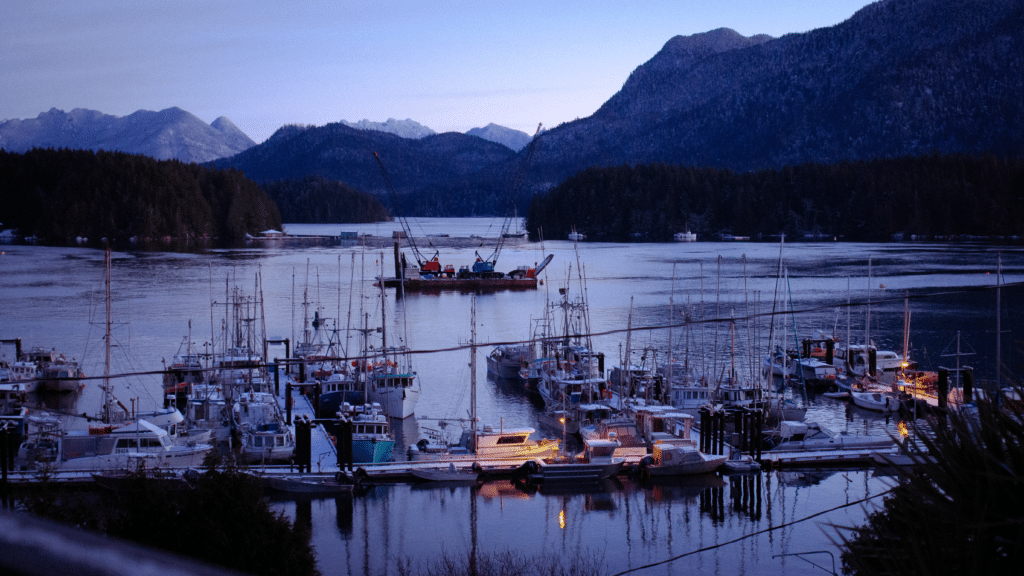What is a Macro lens?
Article by Colette Nichol, Filmmaker and Story Strategist
A macro lens is a lens that is optimized to focus extremely closely on a subject, allowing it to fill the frame with the maximum amount of detail.
This type of lens is commonly used for photographing or filming small subjects at very close distances, like insects, flowers, and small objects or details.

The special characteristic of a macro lens is its reproduction ratio or magnification.
A true macro lens offers a 1:1 reproduction ratio, which means the image projected onto the sensor when focused at the closest distance is the same size as the subject. For example, a bee that’s 15mm long would appear as 15mm long on the sensor.
This capacity to reproduce subjects at life size is what sets macro lenses apart from regular lenses.
However, in practice, any lens that you can use to capture something up close i.e within a 1-2 inches of the subject, is considered to be a macro lens.
Macro lenses come in various focal lengths, from wide-angle to telephoto.
Shorter focal lengths like 50mm require you to get closer to the subject, which can be a disadvantage when photographing or filming insects or other subjects that might be disturbed by your presence. I’d recommend getting a longer macro lens.
Longer focal lengths like 100mm or 180mm allow more working distance.
However, it can also be harder to achieve focus when using a longer lens. You’ll need to get good at manual focusing. And don’t forget that the longer the lens, the more you’re going to need to use stabilization.
In fact, if you’re shooting video, you’ll need to use a tripod for any macro videography work.
It’s important to note that while many lenses include the word “macro” in their name, not all of them can achieve a 1:1 magnification. Sometimes “macro” is used more loosely by manufacturers to indicate that a lens has a closer than average minimum focusing distance.
My favourite macro lens is the Canon 100mm f/2.8 macro lens. You can capture beautiful images of flowers, insects and plants up close.

What is the difference between a macro lens and a standard lens?
A macro lens can focus very closely on subjects, offering high magnification, often capable of a 1:1 reproduction ratio.
This means the size of the subject in real life is the same size as its image on the camera sensor. A standard lens, on the other hand, doesn’t have this close focusing ability and high magnification.
Meaning, if you want to try to photograph or film a subject at closer than 10-12 inches, you usually can’t with a regular lens.
What is a macro lens used for?
A macro lens is primarily used for close-up photography, such as capturing the intricate details of insects, flowers, small objects, or textures.
It’s a popular choice for nature and product photography when you’re trying to get up close to the image to capture shots that are life-size or rich in detail.
It can be used in close-up videography and can be a fun lens to experiment with as a videomaker or filmmaker.
What is an example of a macro lens?
An example of a macro lens is the Canon EF 100mm f/2.8L Macro IS USM.
This lens offers image stabilization and a true 1:1 magnification ratio, making it ideal for capturing close-up details. This also happens to be the lens that I use, and I LOVE it! It’s actually one of my favourite lenses.

What are the disadvantages of a macro lens?
The disadvantages of a macro lens include its typically higher cost compared to standard lenses, and often a longer minimum focusing distance for non-macro subjects.
They can also have a shallower depth of field at close distances, making it harder to keep the entire subject in focus. Finally, because macro photography usually involves getting very close to the subject, you have to deal with the problem of casting shadows on the subject, which means you may need to use studio lighting or be careful about where you place yourself relative to the subject.
Is a 50mm a macro lens?
A 50mm lens can be a macro lens if it’s designed with macro capabilities, but not all 50mm lenses are macro lenses.
It’s important to note that the term “macro” refers to the lens’s ability to focus closely and provide a high magnification ratio (often 1:1), rather than its focal length.
For instance, the Canon EF 50mm f/2.5 Compact Macro Lens is a macro lens. However, the Canon EF 50mm f/1.8 STM Lens is not a macro lens. Both are 50mm lenses. But again, the focal length is not related to whether a lens is macro or not.
Always check the lens specifications to determine whether it’s designed for macro photography and videography.
What is the difference between a macro lens and a zoom lens?
A macro lens and a zoom lens are entirely different.
A macro lens is designed for close-up photography, capturing small subjects at very close distances with a high level of detail.
This is often used for photographing things like insects or flowers, where the small details are important. For example, a macro lens can capture the intricate patterns on a butterfly’s wing that would be hard to see with the naked eye.

With a zoom lens, you can change the focal length of the lens.
This means that you can adjust how zoomed in or out your frame is on a subject without you having to move closer or further away. A zoom lens might allow you to go from a wide shot of a landscape to a closer shot of a specific tree without you needing to physically move. This is very convenient. A macro lens is a prime lens which allows you to capture extreme close ups.

Side note: a standard zoom lens is a must-have for any video shooter, but not all videomakers require a macro lens.
For photographers, if you’re building your kit and you’re into doing close-up shots, consider saving up for a good macro. You won’t regret it! These lenses are super fun to use! 🎉
More Articles on Lenses & Filmmaking:
- What Is a Pancake Lens?
- What Is a Fisheye Lens?
- The Best Lens For Video Hands Down
- How to Start Filmmaking Even If You’re a Beginner
Learn Filmmaking and Get the Gear Guide
If you’re interested in learning filmmaking, check out the Solo Filmmaking Mentorship Program I created for aspiring filmmakers and video creators. It usually goes live once per year. So I recommend getting the Story Envelope Filmmaking letter which comes out a couple of times per month. That way, you can get filmmaking tips for free and find out when the filmmaking course is going live again.
Also, before you go, grab the Solo Filmmaking Gear Guide and Checklist for Beginners.

About the Author
Hi! I’m Colette Nichol. I’m a solo filmmaker and story strategist based out of rainy Vancouver, Canada. I’ve been making videos and micro films for small businesses and global brands since 2014.
Plus, I LOVE to help aspiring filmmakers pursue their dreams and start making films. This blog is designed to help you gain the knowledge you need to become a filmmaker.
If you want more, get on the waitlist for the Story Envelope Academy Solo Filmmaking Mentorship Program. It opens up one time per year and is the best way to become a filmmaking or video pro fast!
CLICK HERE to get on the solo filmmaking mentorship waitlist.